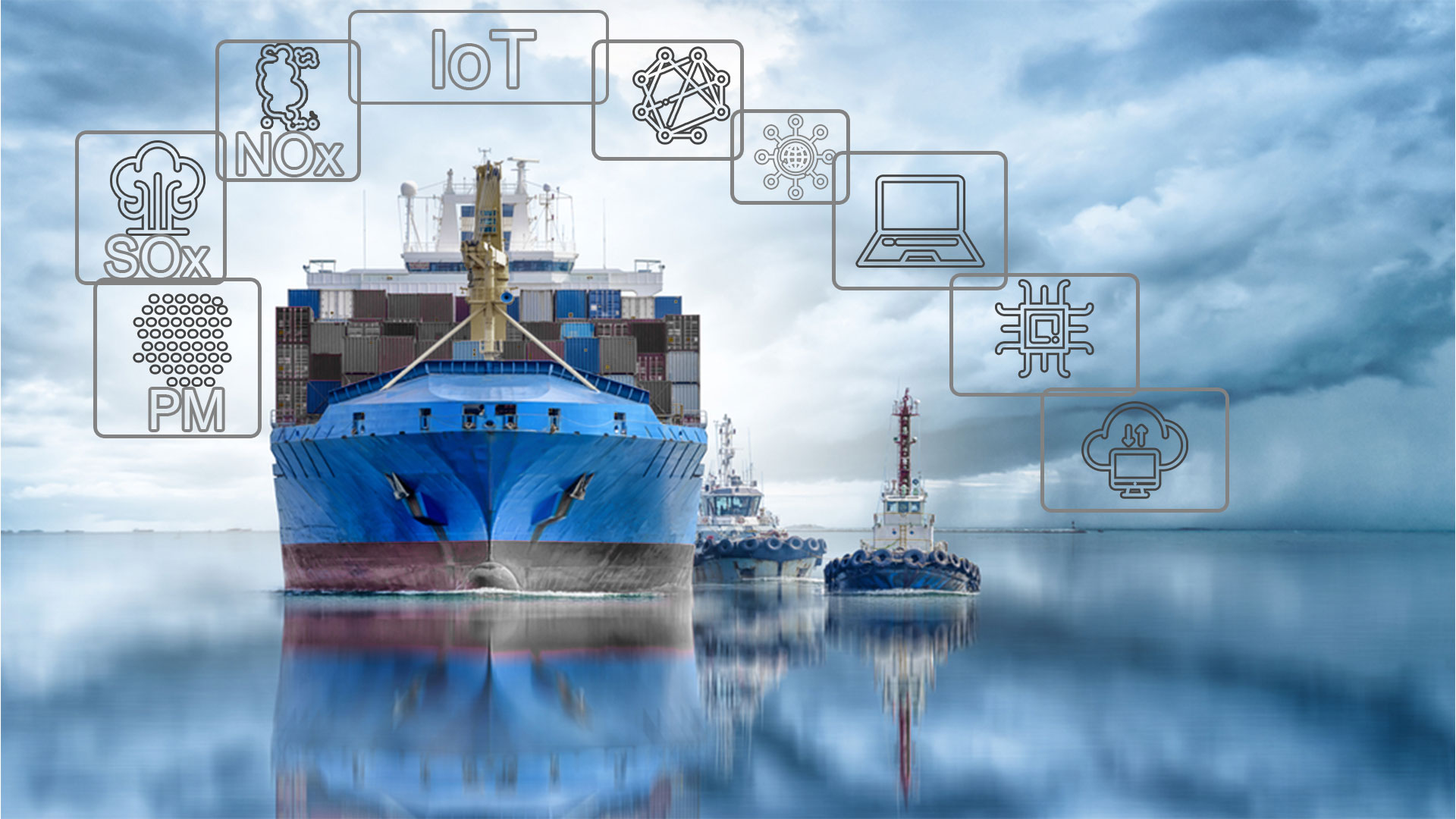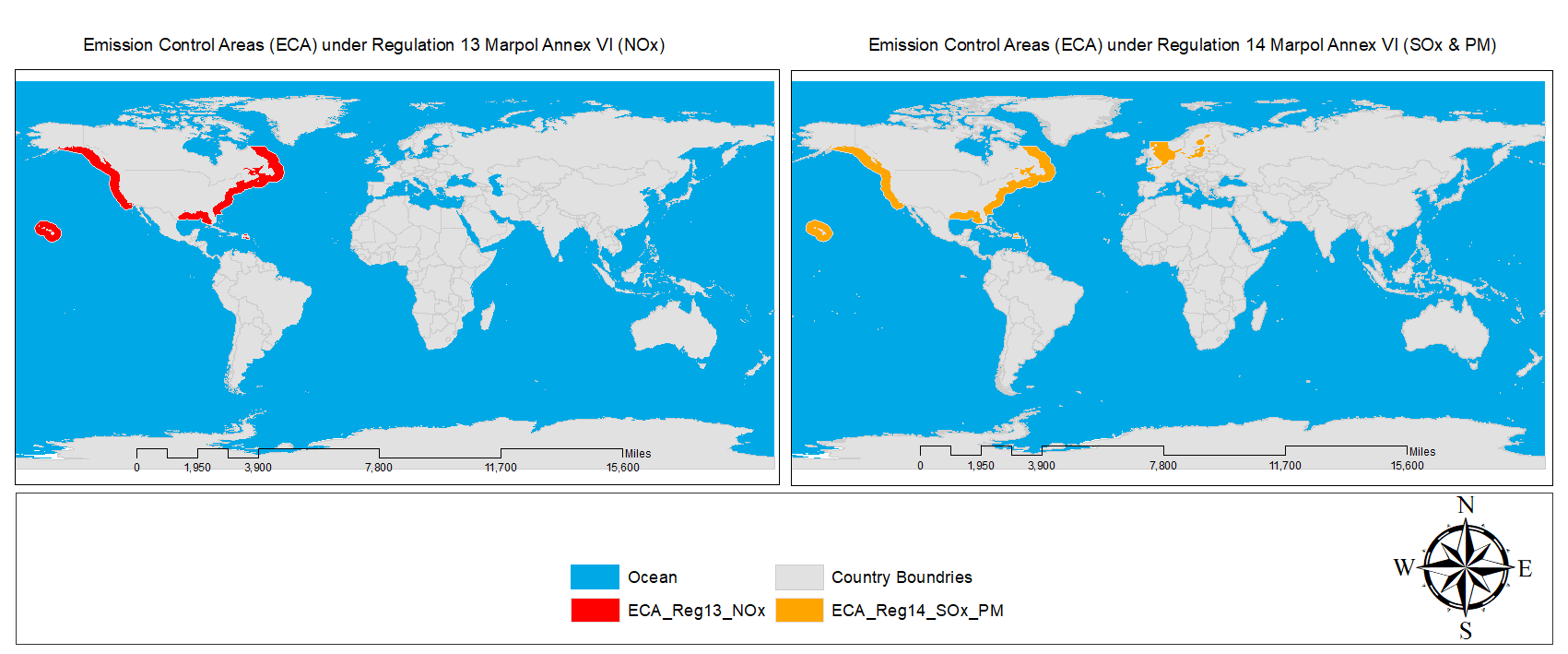
Iot in maritime operations
The International Convention for the Prevention of Pollution from Ships (MARPOL), 1973 as modified by the Protocol of 1978, is the main international convention covering prevention of pollution of the marine environment by ships from operational or accidental causes. MARPOL was developed through the International Maritime Organization (IMO), a United Nations agency that deals with maritime safety and security, as well as the prevention of marine pollution from ships. MARPOL is the main international agreement covering all types of pollution from ships. Air pollution from ships is specifically addressed in Annex VI of the MARPOL treaty. Annex VI includes requirements applicable to the manufacture, certification, and operation of vessels and engines, as well as fuel quality used in vessels. The international air pollution requirements of Annex VI establish limits on nitrogen oxides (NOx) emissions and require the use of fuel with lower sulfur content, protecting people's health and the environment by reducing ozone-producing pollution, which can cause smog and aggravate asthma. Moreover, the new amendments include significant and progressive limits for Sulfur Oxide (SOx) and NOx emissions from marine engines and for the first time address emissions of Particulate Matter (PM). Regarding these emissions, the amendments introduce the concept of Emission Control Areas (ECA) for both SOx and PM or NOx or all three types of emissions.

HIOTS Marine solutions
IoT, in this regard, helps you monitor data from the engine and fuel rooms that subsequently optimizes vessel performance, saves money in the long term, and reduces emissions. Iot solutions, offered by HIOTS, empower marine businesses to benefit from real-time monitoring of engine performance and continuously check relevant regulatory compliance. In addition, our IoT solutions will reduce your costs by scaling down maintenance costs, reducing technical downtime, and decreasing fuel consumption. IoT also suggests new business models and opens up new value streams, as well as improves quality and efficiency of logistics.
